There are some Christmas cookies that we can not imagine Christmas without. Today, we want to show you a traditional Czech Christmas braided braid called Vanocka.
This sweet Christmas braided bread with raisins soaked in rum, generously sprinkled with chopped almonds brings Christmas – when homemade Vanocka comes out of the oven, Christmas is on the doorstep. It is made from yeasted dough, braided into a long loaf shape.
Vanocka bread is supposed to look like Baby Jesus wrapped in a swaddling blanket, which is why it symbolizes new life and fertility.
Vanocka has to be braided in a certain way; we will also show you how to weave it well so it doesn’t fall apart.
Discover the secret to making Christmas a success this year.
When to bake Vanocka?
While Christmas cookies usually start baking with the beginning of Advent, Vanocka is traditionally baked only the day before Christmas Day, i.e., in the afternoon or evening of December 23.
The symbolic reason is that the Vanocka represents a baby Jesus wrapped in a blanket; the practical reason is that, unlike candy, Vanocka does not need to be left to soften. On the contrary, eating it as soon as possible after baking is best.
In the past, several traditions were associated with Christmas baking; for example, women were not allowed to speak and had to be dressed in a white apron and cap. In many families today, baking Vanocka is the highlight of pre-Christmas preparations, and homemakers enjoy this time by lighting a Christmas tree and listening to Christmas music.
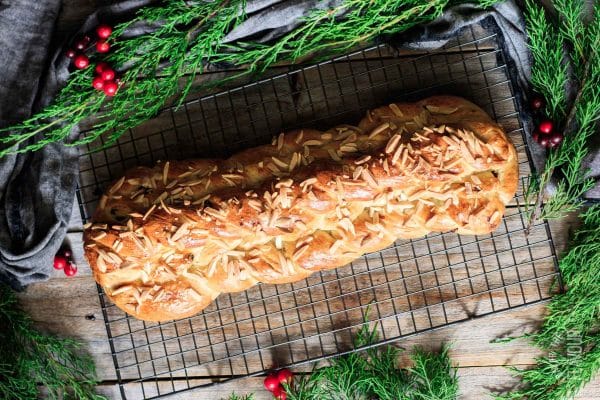
Tips and tricks for preparation
Many problems can be associated with Vanocka, the most common of which is that they do not rise enough, crack during baking, or roll to one side. Whether you make Vanocka by hand or with the help of various kitchen tools, it’s worth knowing a few tricks.
Some are related to the ingredients used, others to the rising of the dough, and others to the baking. But all of them can have a relatively significant influence on the result. So, what is worth knowing about Christmas baking?
Ingredients
- All ingredients should be at room temperature; beware of cold yeast and eggs, for example.
- If you use milk in Christmas recipes, ensure it’s not too hot; it should only be lukewarm.
- Likewise, please do not add the melted butter to the dough while it is hot; let it cool.
- All-purpose flour is most often used for Christmas cookies, but it is also possible to use semi-coarse flour.
- Loose ingredients should be sifted through a sieve before use. Christmas will be fluffier.
- Beware of chemically treated lemons; their peel is not suitable for consumption.
- Add raisins to the dough only when it is partially kneaded. Otherwise, they will tear.
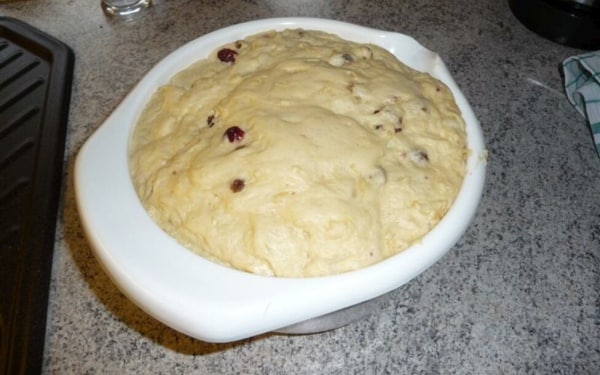
Dough and leavening
- Thorough preparation of the dough is essential. As long as your dough is pulling, it is necessary to knead it. Quality yeast dough is smooth, non-sticky, and firm.
- Do not rush to rise; the dough should rise until it doubles in volume.
- Let the raw Vanocka increase in the cold if you want it not to fall. The rise will be slower, but the dough will be more consistent.
- Before rising, cover the dough and sprinkle it with flour so it does not stick.
- It is advisable to knead the dough again during rising.
- You can tell if the dough is risen when you poke a hole in it with your finger, and it flattens out.
- It will be easier to work with individual strands if you slightly wet your hands.
- When knitting the Christmas tree, do not press the dough unnecessarily so as not to squeeze all the air out of the dough.
- Before putting the knitted Christmas cake in the oven, rest on the baking sheet for at least 20 minutes.
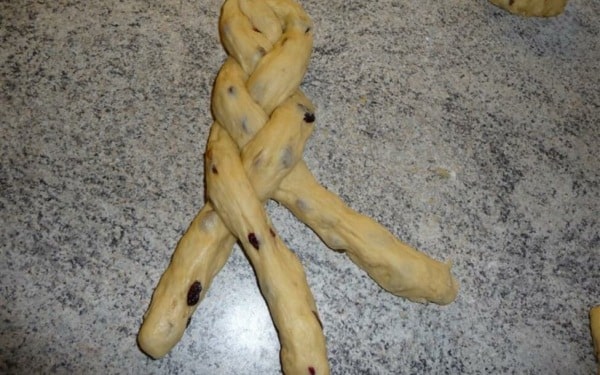
Baking
- Coat the knitted Vanocka sufficiently with egg. Otherwise, it will not be shiny and may look “grey.”
- Do not open the oven door while Vanocka is baking.
- You can first preheat the oven to 350°F for a leavened Christmas cake, and after the first ten minutes, when the dough is “baked,” reduce the temperature to 320°F.
- You can tell when the Christmas tree is ready by poking a stick into it. There must be no dough stuck to it.
- Cover Vanocka with aluminum foil if you feel that it is baking too quickly on the surface.
- Do not refrigerate the baked Vanocka; let it cool slowly at room temperature.
Christmas recipes are not the only ones that use yeast dough. You can also bake a delicious Christmas stole from it.
Why does the Vanocka move, fall, or crack?
There can be several reasons why your Christmas tree falls or falls during baking or sometimes even after baking. What is worth paying particular attention to?
- Thin dough – one of the common reasons for this, why you are not satisfied with the result, is the wrong consistency of the dough, more precisely, that the dough was too thin and thus “changed” its shape during baking. The right dough for Christmas should be smooth, firm, flexible, and non-sticky. What about thin dough? Add a small amount of extra flour to it.
- Over-risen dough – in general, we should let the Vanocka rise until it doubles in size, not longer.
- Insufficiently tightened bauble – another common reason the bauble unravels during baking is that we needed to pull it more during knitting.
- Unbaked Vanocka – when you take the Christmas out of the oven, you are happy with how it turned out this time, but when you return to the kitchen again, you find that your Christmas has fallen. It was probably not fully baked inside, and the cooling caused the unbaked dough to fall.
- Sudden movements with Vanocka – carefully handle Vanocka before and after baking. Sudden movements are unsuitable for it – do not move it too much before baking. And – cut the Vanocka into pieces only if it has completely cooled down.
- Rapid cooling – let Vanocka cool slowly at room temperature. Do not let the Vanocka near the opened window.
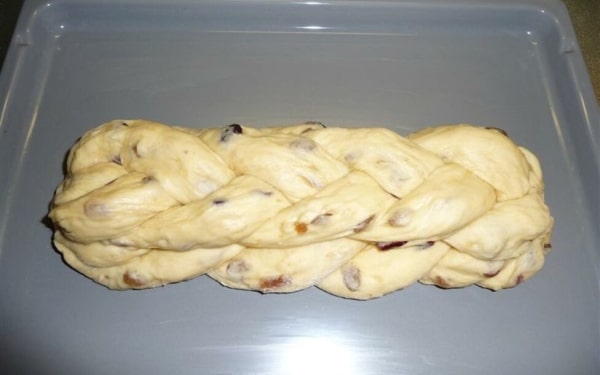
What kind of dough for Vanocka?
The basis of every good Vanocka is quality dough. Like Christmas cookies, recipes for Vanocka are passed down from generation to generation in many families. This delicacy can be baked from several types of dough, each with its own characteristics.
The most common types of Vanocka are yeast Vanocka, butter Vanocka, and cottage cheese Vanocka. However, this delicacy can also be baked gluten-free, and some chefs recommend adding potatoes to the yeast dough. These add starch and hydration to the dough, and Vanocka will stay supple longer.
A frequent question is also about what to cover Vanocka with. Vanocka is often spread with a beaten egg, but you can also use egg whites, which should be diluted with a teaspoon of water. It is then easier to work with them.
Do you also think peanuts are only good as a salty snack while watching TV?
You are not quite right. They can also be used very easily for baking. Try fresh recipes
for Christmas peanut cookies.
Discover more recipes
Knitting instructions
The recipe for Vanocka is one thing, but the technique of braiding it is no less critical. How do you knit Vanocka so it does not fall off during baking? There are several knitting techniques, from the simplest, which consists of layering individual braided parts on top of each other, to knitting from many strands simultaneously.
During knitting, it is also essential to tighten Vanocka correctly. How? Not a little, not a lot. Pulling it too little may break during baking; if you tighten it too much, it may crack.
Knitting Vanocka 4+3+2
The classic “layered” bauble consists of assembling three parts: the bottom part is knitted from four strands, the middle part of three strands, and the top part from two strands.
Even more than the best description of knitting can replace a demonstration. Braiding the individual parts is vividly captured in the video of knitting a 4+3+2 Vanocka.
When you have correctly braided all three parts of Vanocka, before you place one of the three on the braid of the four strands, it is advisable to slightly flatten the lower braid with the back of your hand and rub the resulting hole with a small amount of water.
This way, the individual parts will be better connected so that the separate layers do not fall off stick wooden skewers diagonally along the entire center of Vanocka.
For the 4+3+2 bauble, the designation of 9-strand bauble knitting is sometimes used. It is made of nine braids, albeit in three different layers.
Knitting a Christmas tree from 6 strands
If you want something more elaborate, try knitting a Christmas tree from six strands at once. It is essential to tighten the strands correctly. Christmas will not “get going” for you. Get inspiration from the following video procedure.
Knitting Vanocka from 8 strands
Is it enough to knit Vanocka out of six? You can incorporate a higher and visually more effective Vanocka from eight strands. The video below shows how.
Knitting the Vanocka
Are you a braiding master? Then, try knitting Vanocka from five or seven strands at once. The following video guide will show you the process step by step.
Decorating the Vanocka
The classic Vanocka is the one with raisins inside and almonds on top. Raisins are often dipped in rum to intensify the flavor, depending on your taste. In addition to raisins, you can also add candied fruit or dried cranberries to your Vanocka.
Another option is chopped, peeled almonds. You can either use them alone or in combination with raisins. You can also replace raisins and almonds in the dough with pistachios, chocolate drops, or chopped pieces of chocolate.
But there are also non-traditional options for what to add to or at Christmas. It can be nut, jelly, or poppy filling. If you like honey, you can spread the hot baked Christmas cake with butter in which you have dissolved honey.
After the second rise on the baking sheet, Vanocka is brushed with egg and sprinkled with almonds. In this case, you can again use chopped almond pieces or almond slices. After taking it out of the oven, sprinkle Vanocka with powdered sugar.
If you don’t want Vanocka with almonds, you can use coarse decorating sugar to decorate it. It has the form of small white pearls and is sprinkled on Vanocka before putting it in the oven, as it does not melt during baking.
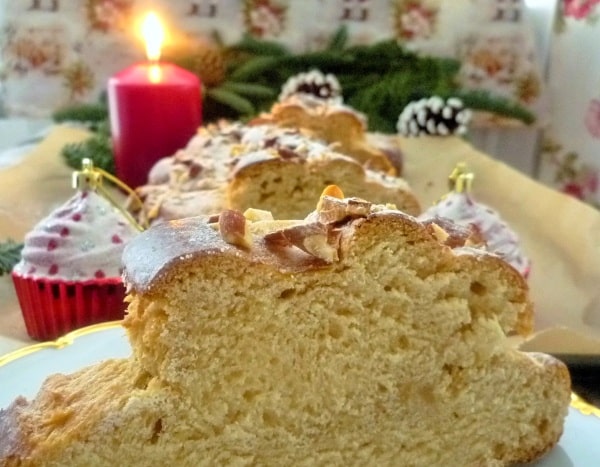
Mold for Vanocka – yes or no?
You can avoid many problems with Vanocka by using a mold. So you don’t have to worry about knitting it, and at the same time, you don’t have to worry about your Christmas party getting started. The Christmas mold can be made either of stoneware, which is the best, or of ceramic, silicone, or steel.
How to bake Christmas cookies in a mold? It is essential to grease the mold thoroughly with butter before pouring the dough. On the contrary, the classic sprinkling of flour is not recommended, as the flour could remain on Vanocka. It is better to sprinkle sliced almonds on top of the butter.
After pouring into the mold, let the yeast dough rise for at least half an hour. For this reason, do not fill the mold anywhere with dough up to the edge. Like classic baking, you can tell when Vanocka is ready by a stick stuck in the middle.
Of course, Vanocka baked in a mold does not have a crispy and golden surface like that baked in a classic way.
How to store Vanocka?
If you want your Vanocka to stay supple and fragile for as long as possible after baking, it is essential to store it properly. Christmas is best kept wrapped in a clean cotton cloth. On the contrary, it is not recommended to wrap it in food foil or plastic.
A cooler but dry environment is best for Vanocka during storage. For this reason, do not store the Vanocka in the refrigerator; a cold chamber is more suitable.
The history of Vanocka and its symbolism
The first mentions of baking Vanocka come from the Middle Ages when they were especially popular with the aristocracy, and only master bakers baked them. Christmas entered ordinary Czech families in the 18th century.
Vanocka, knitted of nine strands, hides a rich symbolism: The four strands of the lower part symbolize the four elements, i.e., earth, sun, water, and air. The three middle springs intertwine reason, will, and feeling, and the two upper springs connect love and knowledge.
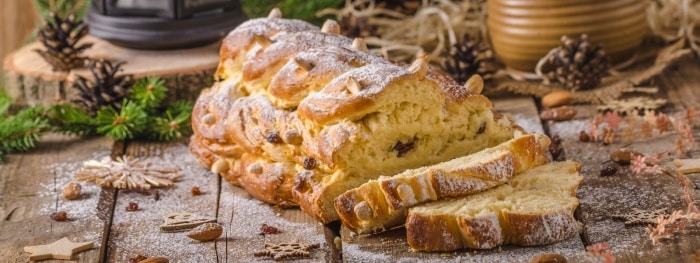
However, our ancestors also associated other customs and superstitions with Vanocka and its knitting; for example, cross-knitting the Vanocka was believed to protect family members from evil forces.
While today we usually bake one Christmas tree the day before Christmas Day, in the past, several were often baked, more precisely, one for each member of the household.
The giant Vanocka, consumed as the last course of the Christmas dinner, then belonged to the householder, who cut it himself. By the way, pets also received a piece of Vanocka.
A coin was also often baked into the Vanocka. The person who subsequently discovered it in a piece of Vanocka could enjoy happiness, wealth, and health for the following year.

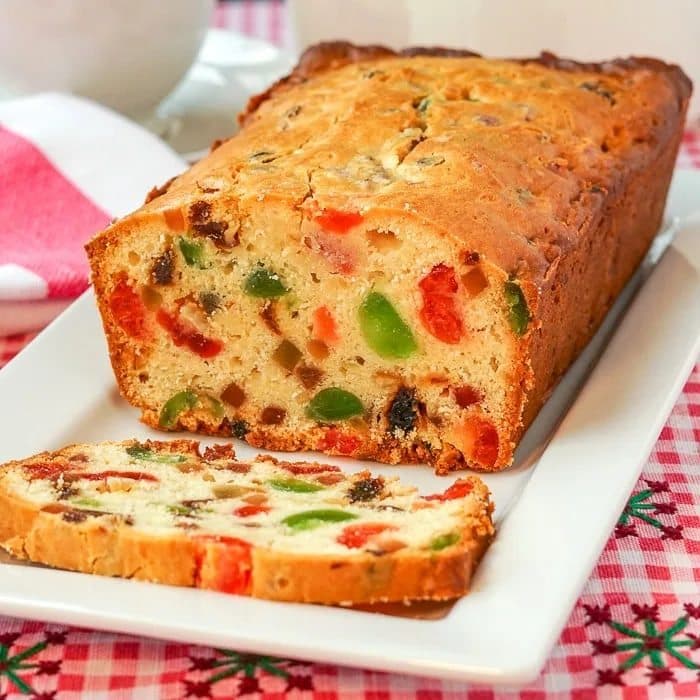
 Milan & Ondra
Milan & Ondra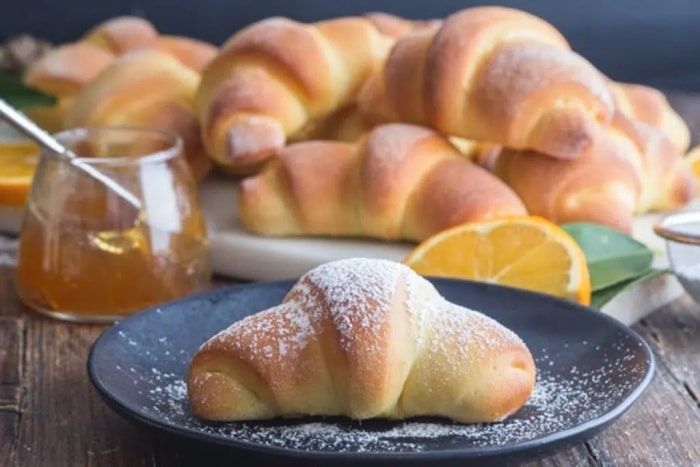
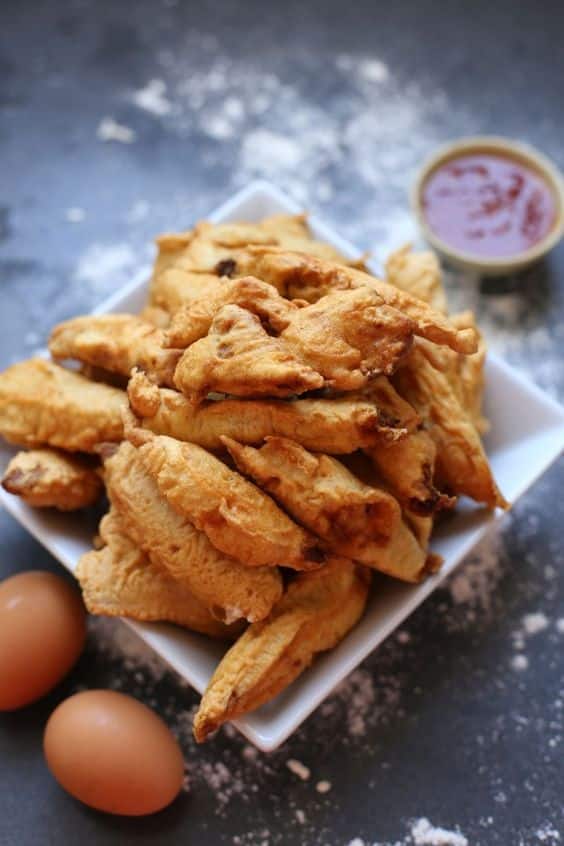
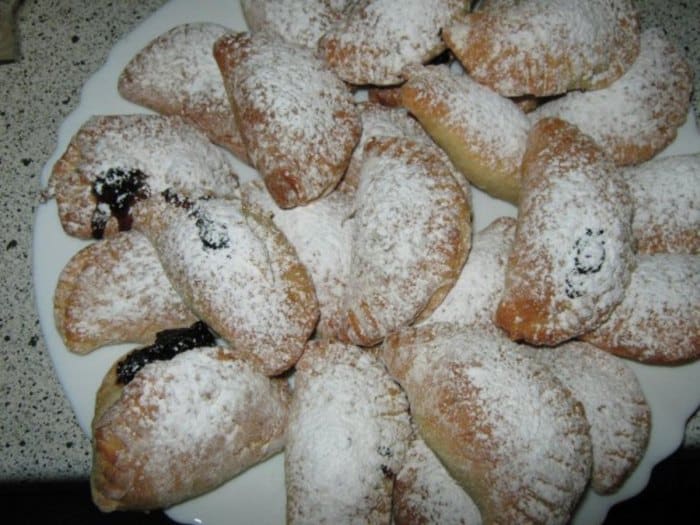
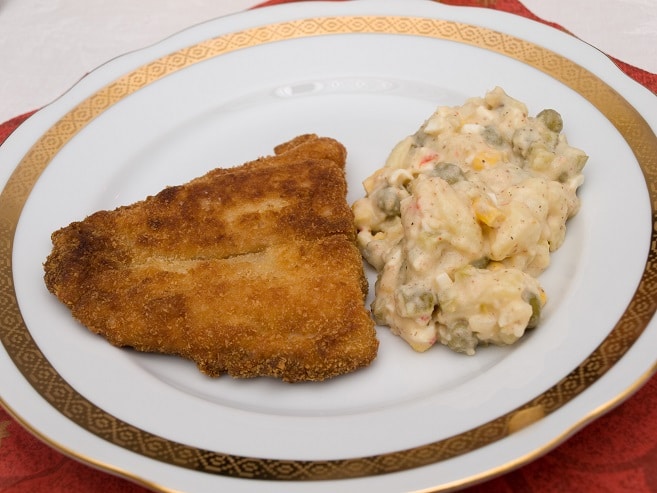
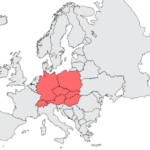 Central Europe
Central Europe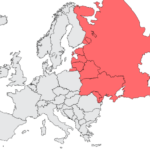 Eastern Europe
Eastern Europe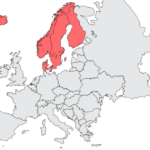 Northern Europe
Northern Europe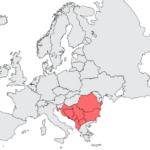 Southeast Europe
Southeast Europe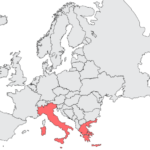 Southern Europe
Southern Europe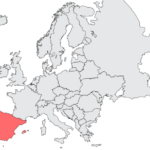 Southwestern Europe
Southwestern Europe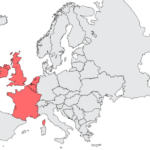 Western Europe
Western Europe